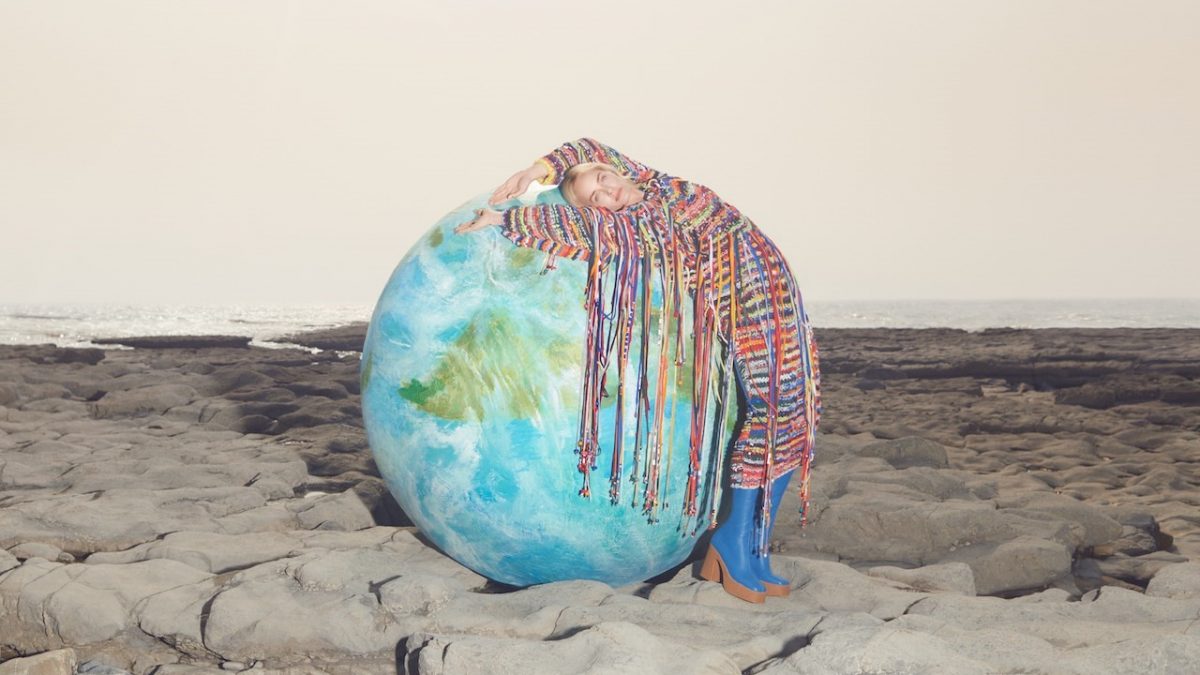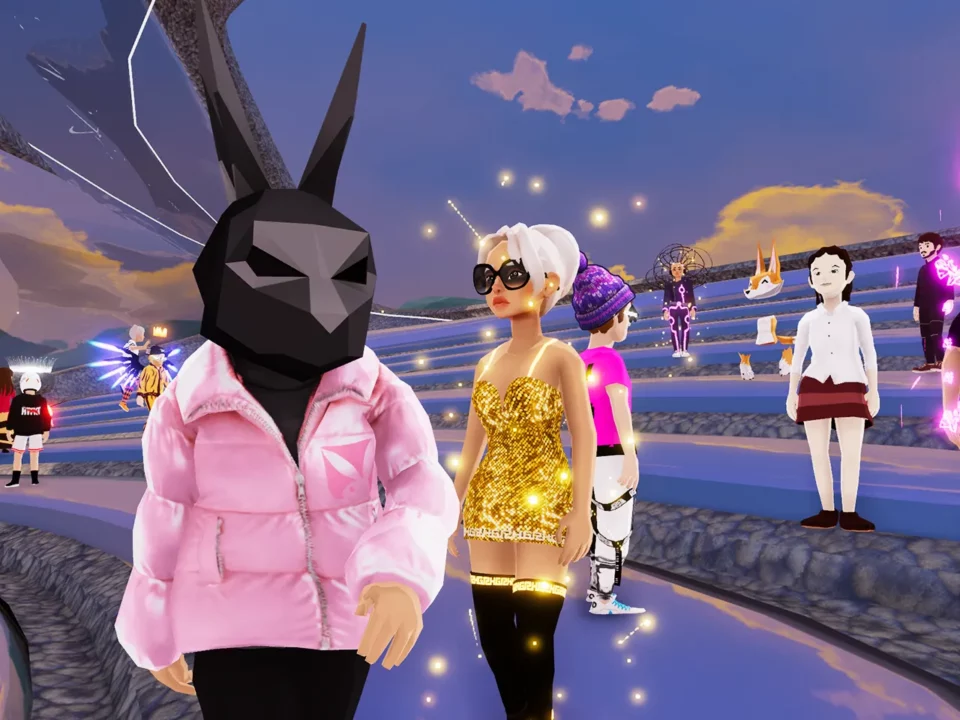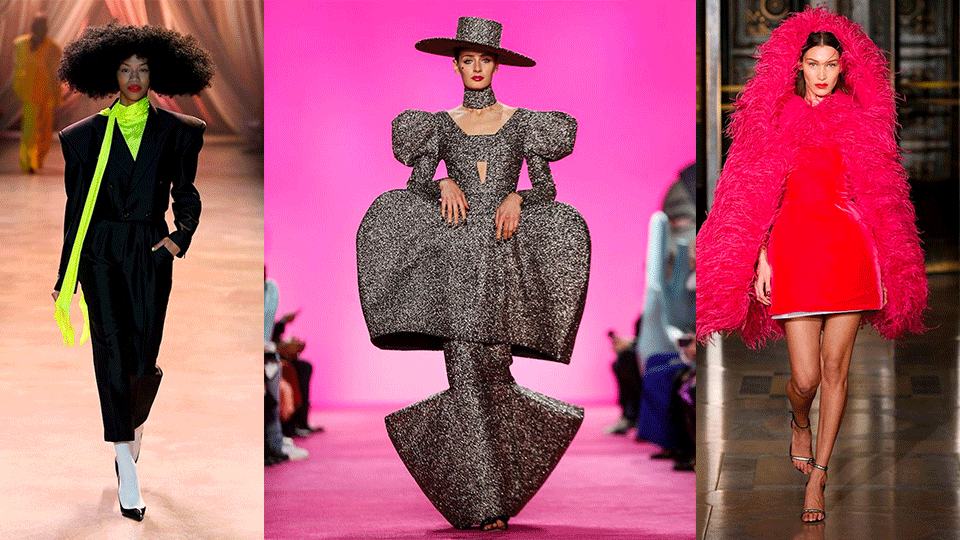- À New Wave to Fashion, À New Way of Living. Download Now on iOS Android Canada SS22
- hello@alahausse.ca
Black Ink Rivers: A Ghastly Consequence of the Dye Industry

The New York Fashion Act: A Step in the Right Direction
January 26, 2022
Lab-Grown Fur and Leather: Finding Ethical Fashion in a Petri Dish
January 27, 2022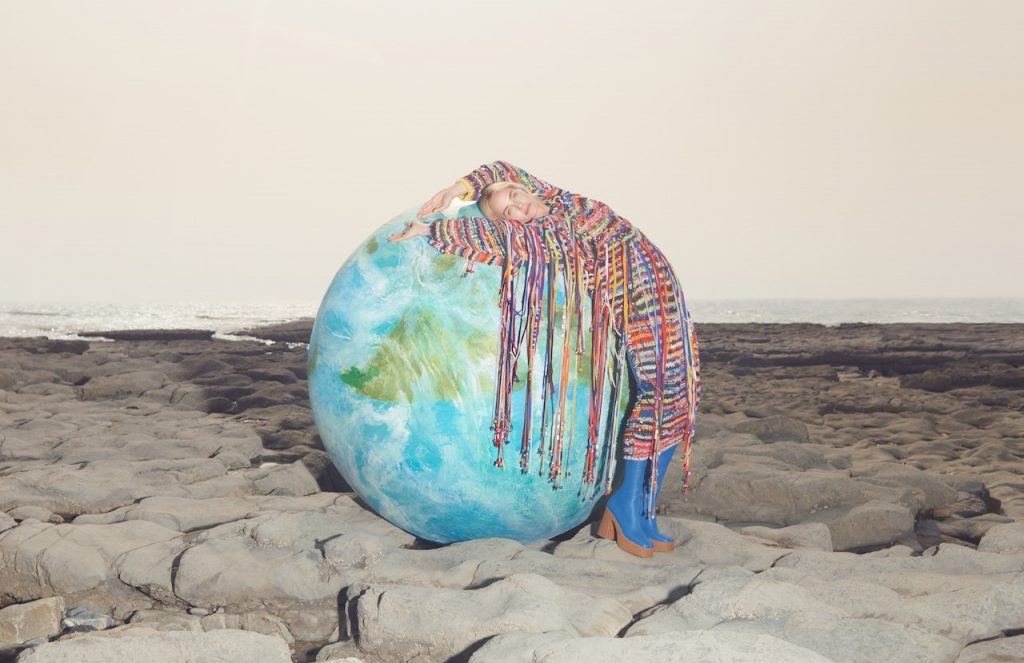
Written by: Dylan Stoll
The fashion industry has polluted the The fashion industry has polluted the Earth’s waterways unchecked for a disconcertingly long time, an issue that we at ÀLA.HAUSSE are passionate to address. Sadly, this problem is even more prevalent in countries where environmental and safety laws are less strict, and because of this, once beautiful and flowing exotic rivers have become polluted, stagnant, toxic, and oddly enough, black as ink.
The Bane of Bangladesh: Black-Ink Rivers
Even the idea of a black-ink river makes us uneasy. For some residents in Bangladesh, black ink rivers are a part of their day-to-day lives.
Aside from China, Bangladesh is the largest garment manufacturer in the world, pumping out over $34 billion dollars worth of clothing materials in 2019. This demand for garments has had a devastating effect on the environment. Rivers polluted with wastewater from the dye industry can contain many carcinogenic chemicals, dyes, salts and heavy metals, and much of this black, ruined water reaches the homes of the unfortunate surrounding residents.
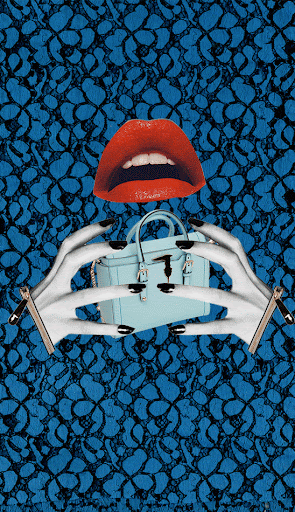
Running Families from their Homes
Black ink rivers, and other similarly eerie phenomena are the unfortunate end result; however, their dreadful appearance is hardly their worst quality. In an interview with CNN, an unnamed resident of Savar comments on the quality of the water he and his family have had to endure, saying that they had exhausted their options and would have to leave soon.
The resident of Savar also explained to CNN how the area had changed since he was younger. Garment factories were non-existent, the land was free of waste, and the rivers were clean and full of life. Now, it has become a toxic wasteland. His children will never experience the home that he cherished.
Toxic Dye Chemicals an Environmental Concern
The World Bank specifically identified 72 toxic chemicals that are readily released into the waterways of Bangladesh on a daily basis. Even though many of the chemicals used are non-toxic, they still accumulate in the water. This accumulation can reach points where little sunlight reaches the plant life beneath, resulting in anoxic ‘death zones’ which leave the river eventually unsuitable for life.

Of course, the rivers aren’t the only issue. The factories themselves are poorly managed, and the safety standards are lackluster to say the least. Many of the factory workers are maskless, gloveless, and sockless, wearing sandals, shorts, and stuffed into congested areas with many dangerous chemicals. If you are exposed to these chemicals (and you eventually will be) you are almost guaranteed to develop open sores, rashes, and other skin irritations.
The Government’s Response
Thankfully, the Bangladesh government has been addressing the issue.
Minister Shahab Uddin, leader of the Ministry, stated in an email to CNN that a wide variety of measures were being taken to address the carbon footprint of the Bangladeshi garment industry. This includes updating conservation and environmental laws, monitoring water quality, imposing fines on polluters, setting up centralized treatment plants and collaborating with international development partners to optimize wastewater treatment.

The Saltwater Alternative
Researchers in Dhaka, Bangladesh are also considering new methods of dye application to combat textile pollution. Normal textile industrial processes require access to freshwater sources. The method they’ve developed would only require a saltwater source. Killing two birds with one stone, the researchers also negated the need for salt, a main ingredient in the dyeing process, by using saltwater instead of freshwater.
You may think that such a process would inevitably provide a lower-quality product, but these researchers would disagree. After accomplishing an extensive amount of sample comparison (shade, color fastness, color strength, etc.) between seawater and freshwater, they came to the conclusion that the seawater process resulted in an end product that did appear lighter, but not to a degree that would be considered significant.

Finding Balance
Though the dyeing industry will certainly take time to reach a level of balance that would be suitable for the environment, the fashion industry as a whole is in a constant state of innovation, and new advances are arriving every day. We at ÀLA.HAUSSE are excited and hopeful for the future of sustainability, however big the step, so long as it’s in the right direction.
À New Wave to Fashion. À New Way of Living.
Your First and Last Sustainable AI and Social Powered P2P/B2C Multifunctional Ecosystem (BUY/SELL/RENT/LEND/ SWAP/GIFT), for Me and You.
Apple: https://apple.co/3F8EgcJ
Android: https://bit.ly/3f7jEY3
Via ÀLA.HAUSSE’s Multi-functional and Multi-purposeful Fashion Ecosystem- BUY/SELL/RENT/LEND mobile application, INDIVIDUALS & brands ( BETA) are encouraged to REBUY, RESELL, REUSE and UP-CYCLE their personal “Clossets” aka Clothing Assets. Through this consumerism habit shift we slow down the urgency on fashion carbon footprint, aiding sustainability as a whole.
Launching NOW on iOS Android Canada
Give me a read: shorturl.at/rIMT8
More stories on www.alahausse.ca, Medium & Hackernoon. Follow & Tag @ala.hausse
#ALAHAUSSE #WEARYOURPURPOSE #HAUSSEPEOPLE
